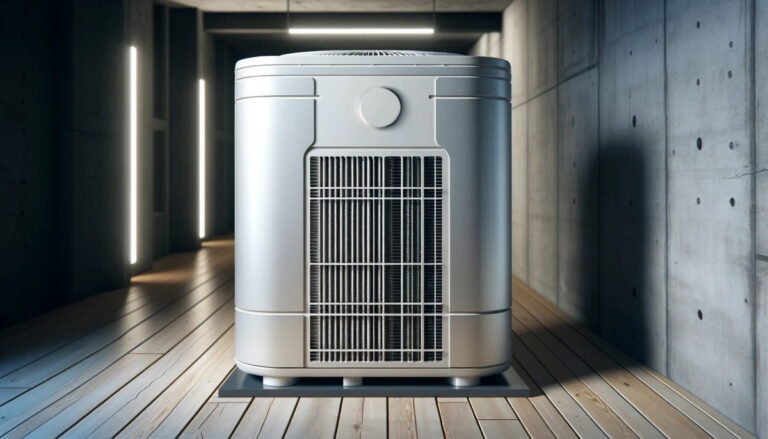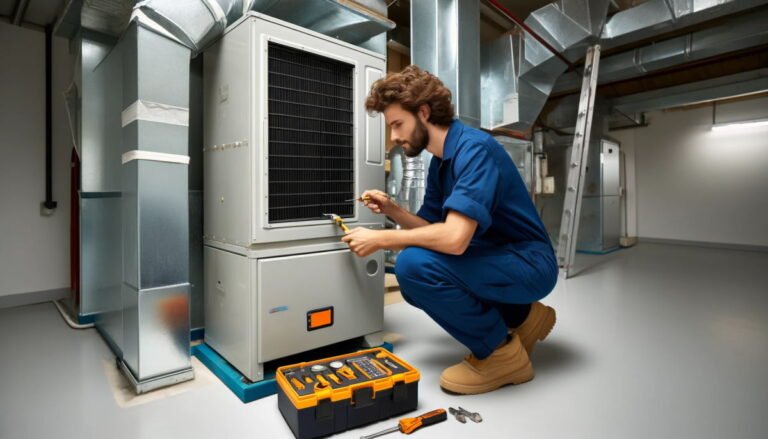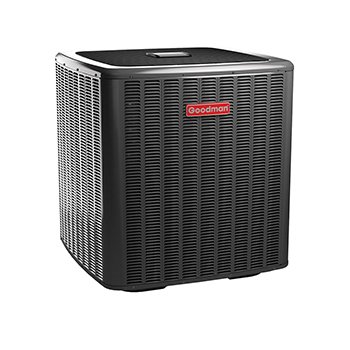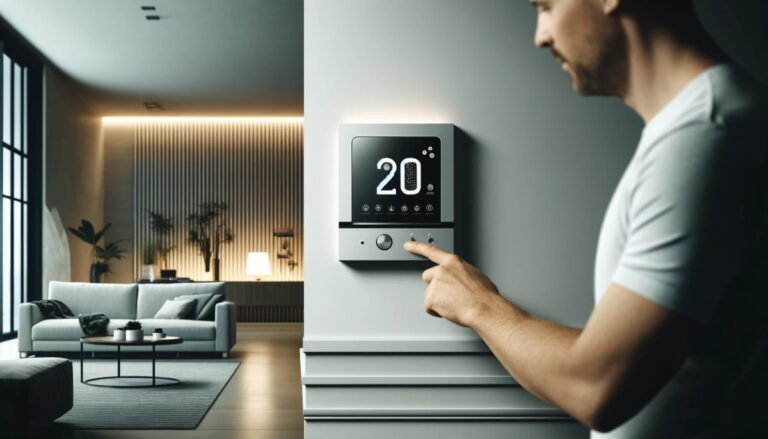What Is: Atmospheric Vent Water Heater (With Pros and Cons)
When it comes to heating water in your home, choosing the right type of water heater is crucial for efficiency, cost, and overall convenience. One popular option is the atmospheric vent water heater. Known for its simplicity and reliability, this type of gas water heater uses natural convection to expel combustion gases, making it a cost-effective and straightforward solution for many households.
In this introduction, we’ll explore the key features of atmospheric water heaters, including their advantages and limitations. Understanding how these systems work and how they compare to other types of water heaters, such as power vent and direct vent models, can help you make an informed decision that best suits your home’s needs and your budget.
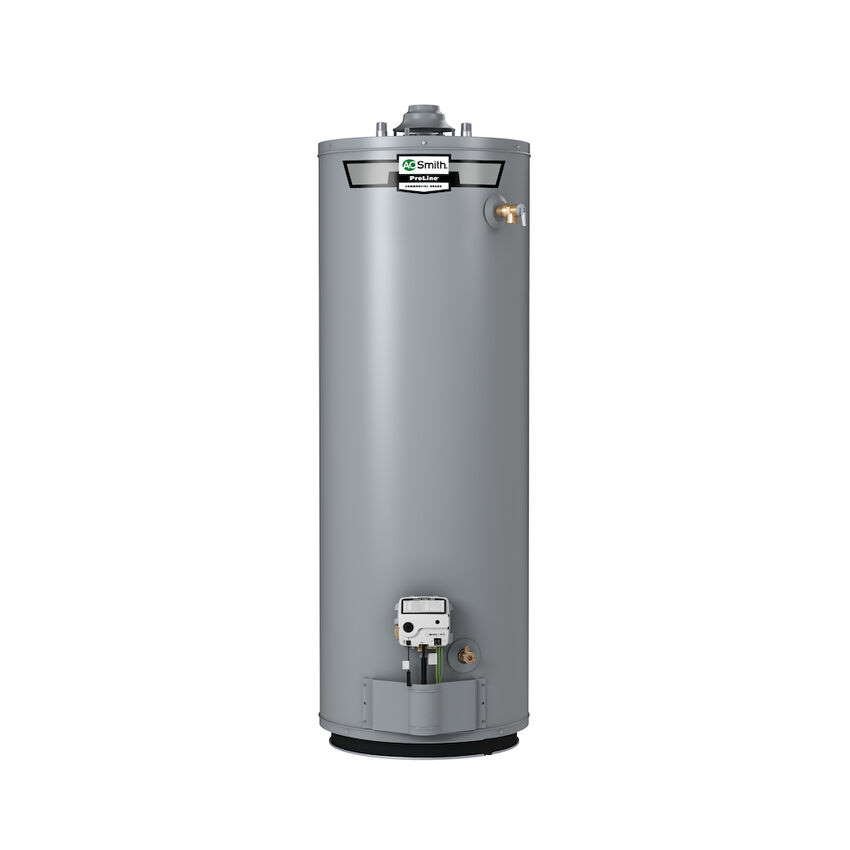
What is an Atmospheric Vent Water Heater?
An atmospheric vent water heater is a type of water heating system commonly found in many North American homes. It operates by heating water with a gas burner located at the bottom of the tank while expelling the combustion gases outside. The venting process relies on the natural buoyancy of hot air, which means it doesn’t require a fan or any other mechanical assistance to remove the gases.
This simplicity makes them relatively easy to install and maintain, but it also means they need to be placed in areas with adequate ventilation to ensure safe and effective operation. Atmospheric water heaters must be installed in a location where the vent pipe can run vertically to the roof, which can limit placement options. Additionally, because they rely on natural draft, they can be more susceptible to backdrafting issues if there are obstructions or negative pressure in the home.
In comparison, a power vent water heater uses an electric fan to expel gases, while direct vent water heaters draw air from outside for combustion and vent exhaust gases directly outdoors.
How Does an Atmospheric Vent Water Heater Work?
An atmospheric vent water heater operates in a straightforward manner. It heats water using a gas burner at the bottom of the tank. Here’s how it works and what the main parts do:
The gas burner lights up with help from the pilot light, warming the water in the tank. The gas control valve is there to regulate the gas flow, ensuring everything runs smoothly and safely. The adjustable thermostat keeps an eye on the water temperature, turning the burner on and off as needed. Cold water comes into the tank through the dip tube, heats up, and then flows out through the hot water outlet pipe when you need it.
As the burner heats the water, it produces combustion gases. These gases go up through a flue, a pipe that runs up the center of the tank. The flue helps transfer heat to the water and directs the gases upward.
Finally, the vent pipe takes these gases up to the roof and releases them outside. This process doesn’t need a fan or any mechanical help because it relies on the natural rise of hot air.
Installing and maintaining this type of water heater is usually pretty simple. But you need to place it where there’s good ventilation to ensure it works safely. Plus, the vent pipe needs to go straight up to the roof, which can limit where you can put the heater. Since it uses natural draft, atmospheric vent models can sometimes have issues with backdrafting if there are obstructions or negative pressure in your home.
Who is it For?
An atmospheric vent water heater is ideal for homeowners looking for a simple, cost-effective solution to their water heating needs. It’s best suited for homes with adequate ventilation and where a vertical vent to the roof is feasible. If you prefer a reliable system with minimal mechanical components that are easy to maintain and don’t mind the placement constraints, this type of water heater could be a good fit for you.
However, if your home is tightly sealed or has issues with backdrafting, you might want to consider other options like power vent or direct vent water heaters.
Installation and Costs
An atmospheric vent water heater is a cost-effective option, typically priced between $300 and $700 for the unit, with installation costs ranging from $500 to $1,500. Overall, you can expect to spend between $800 and $2,200 for the unit and installation. While they are less efficient than newer models, their simpler design results in lower maintenance costs over time, which can help offset higher energy bills.
Note that the placement constraint can affect installation costs, especially if additional venting work is needed.
They usually last about 8 to 12 years, with regular maintenance potentially extending their lifespan. When choosing an atmospheric vent water heater, it’s important to weigh the lower upfront costs against the long-term efficiency and installation limitations.
Atmospheric Vent vs. Other Venting Systems
When comparing atmospheric vent water heaters to other types, there are several key considerations. Atmospheric type heaters are simple and cost-effective, using natural convection to expel combustion gases. They don’t require electricity, which makes them reliable during power outages.
However, they need ample indoor air for combustion, which can impact indoor air quality, and they tend to be less efficient due to heat loss through the chimney.
Power vent water heaters offer greater flexibility in installation since they use a fan to expel exhaust gases, allowing for horizontal or vertical venting. They are more efficient and can be placed in areas without direct vertical access. However, these units are more expensive, require electricity, and the fan can be noisy.
Lastly, direct vent water heaters draw air from outside for combustion, enhancing efficiency and safety by reducing the risk of indoor air pollution. They are ideal for homes with limited indoor ventilation but come with higher installation costs due to specialized venting requirements.
Highlights of Pros and Cons
Pros
- Cost-effective and straightforward installation: These units are generally cheaper to purchase and install compared to other types of water heaters.
- No need for electricity: Since they rely on natural convection, they remain operational during power outages, providing reliable hot water.
- Simple design with fewer parts: This makes them easier to maintain and repair, reducing long-term maintenance costs.
- Proven reliability: Atmospheric vent water heaters have been used for decades, offering a tried-and-true solution for many homeowners.
Cons
- Requires ample indoor air for combustion: This can affect indoor air quality, as the heater uses the air from inside your home for combustion.
- Less efficient due to heat loss through the chimney: The natural venting process results in higher heat loss, making these units less energy-efficient compared to modern alternatives.
- Placement limitations: They need to be installed where a vertical vent can be run to the roof, which may limit your options for placement.
- Susceptible to backdrafting: Changes in home pressure or blockages in the vent pipe can cause combustion gases to flow back into the living space, posing safety risks.
Conclusion
Atmospheric vent water heaters are a cost-effective and reliable choice for many homeowners. Their simple design results in lower upfront costs and ease of maintenance, and they provide consistent hot water without needing electricity, which is beneficial during power outages.
However, they require ample indoor air for combustion, which can impact indoor air quality, and are less efficient due to heat loss through the chimney. Placement is limited to areas with vertical venting to the roof, and there is a risk of backdrafting.
Despite these drawbacks, if you need an affordable and straightforward solution and your home meets the ventilation requirements, an atmospheric water heater can be an excellent option. For greater efficiency and flexibility, consider power vent or direct vent models.
More About Water Heating
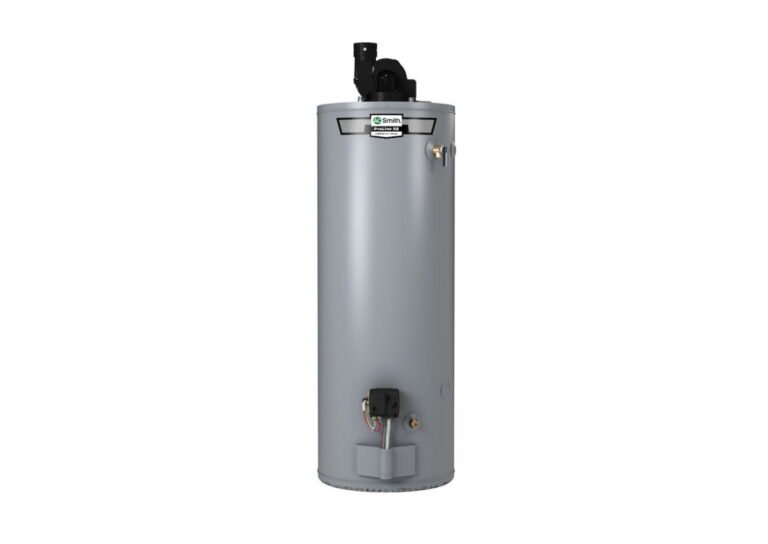
What Is: Power Vent Water Heaters (Including Pros and Cons)
Power vent water heaters offer flexibility and efficiency, making them a standout choice among the many options available for home…
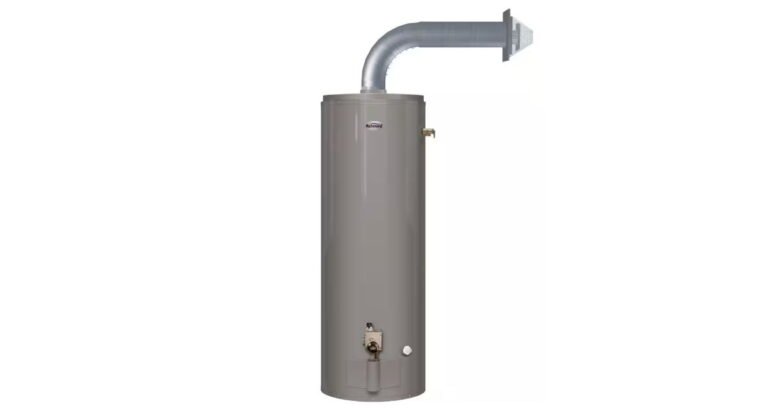
What Is: Direct Vent Water Heater (With Pros and Cons)
When you’re considering a new water heater for your home, the myriad of options can quickly become overwhelming, including atmospheric,…

What Is: Energy Factor (EF) and Uniform Energy Factor (UEF) in Water Heaters
When you’re in the market for a new water heater, you might come across two important metrics: Energy Factor (EF)…



